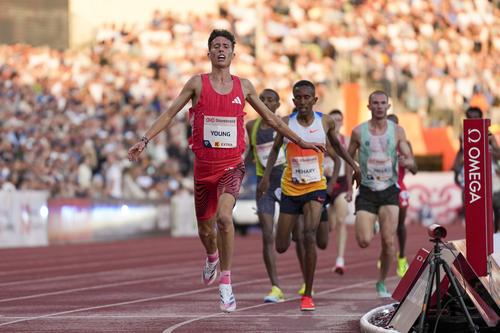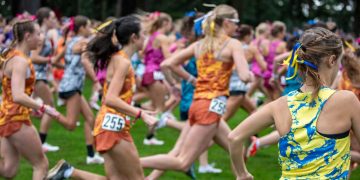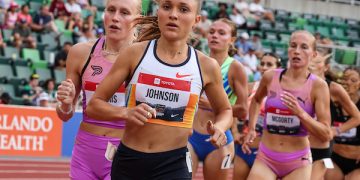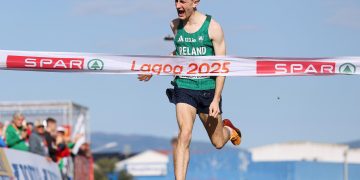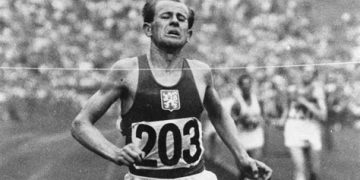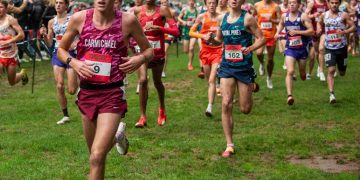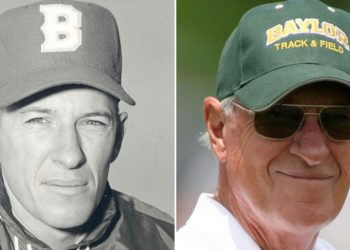Nico Young Isn’t Waiting His Turn
By all appearances, Nico Young is built for big moments. In his first full season as a professional, the 22-year-old has delivered a string of breakout performances, capped most recently by a thrilling win in the men’s 5,000 meters at the Oslo Diamond League. He clocked 12:45.27,an outdoor American record and the second-fastest time ever by an American under any conditions.
The time alone would be enough to stir conversations about his potential. But it’s the way he won that matters most. On a night billed as a possible world record attempt, Young stayed patient, kept close, and unleashed a decisive final lap to beat a deep field that included Ethiopia’s Biniam Mehary and Kuma Girma.

Young has only raced once outside the United States before this season, which was last summer’s Olympic 10,000 final in Paris, where he placed 12th. That experience helped shape the plan for this year. He and coach Mike Smith agreed that if he wanted to contend at the World Championships in September, he needed more time in Europe and more exposure to the kind of competition he would face in Tokyo. The win in Oslo was a major step in the right direction.
Smith said afterward that while the time was nice, the win meant more. That might seem like a typical coach’s answer, but in this case, it speaks to a larger truth. World Championships aren’t paced. There’s no wavelight guiding runners through 12:50 pace. You have to be able to compete, not just survive a fast race. In Oslo, Young showed he can do both.
This performance didn’t happen in a vacuum. It’s part of a steady rise that began at Northern Arizona University, where Young won NCAA titles and helped build the Lumberjacks into a national powerhouse. Since turning pro, he has taken a big step forward. This year alone, he has run personal bests in the mile (3:50.89), the 3,000, and now two 5,000-meter races under 12:52.
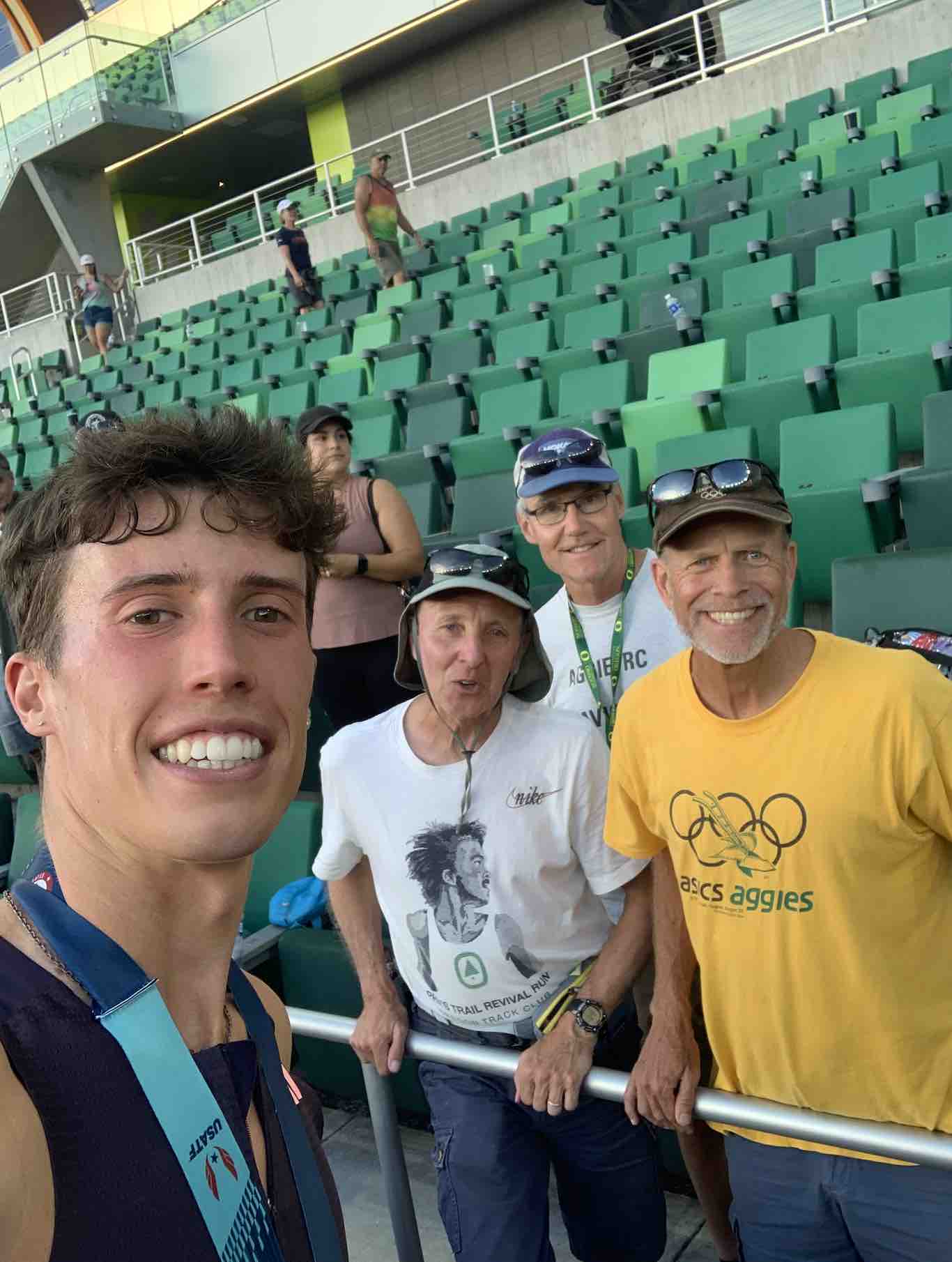
The timing matters because making the U.S. team in the 5,000 has recently become one of the hardest tasks in American distance running. There are only three spots. One of them likely goes to Grant Fisher, the current world indoor record holder and the top U.S. distance runner of the past few years. Another contender is Graham Blanks, the recent Harvard graduate who ran 12:48.20 in the same Oslo race to become the third-fastest American in history. Abdihamid Nur, the 2023 U.S. champion, is also in the mix.
Young knows that nothing is guaranteed, no matter how fast he’s run. He will have to prove himself again at the U.S. Championships in August, where tactics, weather, and nerves all come into play. The good news is that his Oslo win has changed the conversation. He’s no longer the newcomer trying to hang on. He’s now the guy who beat an international field, who handled the travel, the pressure, and the final lap surge with the composure of someone far beyond his years.
If he makes the team for Tokyo, expectations will follow. The 5,000 at Worlds will be harder than Oslo. Jakob Ingebrigtsen, Berihu Aregawi, and Joshua Cheptegei weren’t in that race. They will be in Tokyo. There won’t be pacers. There won’t be forgiveness. But if Young continues this climb, he won’t just be trying to hang on. He’ll be there to contend.
Author
-
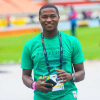
Deji Ogeyingbo is one of Nigeria’s leading Track and Field Journalists as he has worked in various capacities as a writer, content creator, and reporter for radio and TV stations in the country and Africa. Deji has covered varying degrees of Sporting competitions within and outside Nigeria which includes, African Championships and World Junior Championships. Also, he founded one of Nigeria’s leading Sports PR and Branding company in Nikau Sports in 2020, a company that aims to change the narrative of how athletes are perceived in Nigeria while looking to grow their image to the highest possible level.
View all posts


